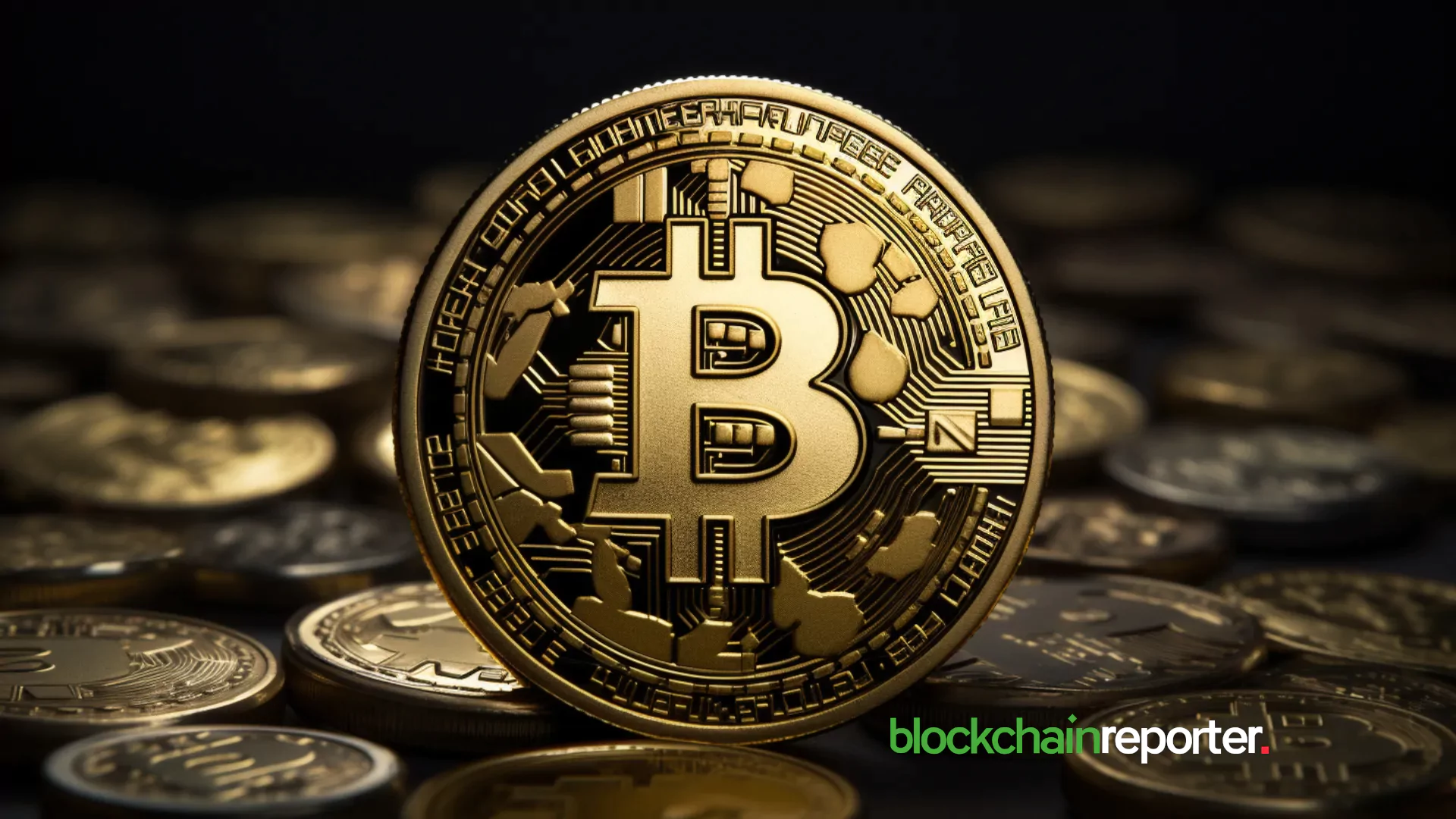DeFi Platforms Drive Ethereum Fee Burns as Network Usage Holds Steady



- DeFi projects burned 1,315 ETH worth $2.38M between April 20 and April 27, 2025, driving Ethereum fees.
- Uniswap and MetaMask led Ethereum’s fee burns, highlighting strong DeFi user engagement.
- Despite market shifts, DeFi platforms remain major contributors to Ethereum’s fee-burning economy.
According to the latest data, decentralized finance (DeFi) projects continue to play a major role in supporting Ethereum’ s fee-burning mechanism. Between April 20 and April 27, 2025, DeFi applications collectively burned 1,315 ETH, valued at approximately $2.38 million, based on information from ultrasound.money.
The figures highlight the enduring impact of DeFi on Ethereum’s on-chain economy, even as market conditions show signs of fluctuation. During the one week, Uniswap recorded the highest contribution to Ethereum’s fee burns.
The decentralized exchange (DEX) crushed 20.5 ETH, equating to $37,100 at current valuations. MetaMask, the Web3 wallet provider, ranked second by burning 18.1 ETH, with an equivalent value of $32,700.
Gnosis followed with a burn of 15 ETH, removing approximately $27,100 from circulation. The aggregator platform 1inch posted a burn of 14 ETH, worth $25,300, while Aave contributed 6.5 ETH, representing $11,800 in value.
Other notable participants included Pendle, which burned 6.2 ETH, valued at $11,200, and KyberSwap, which removed 4.1 ETH, worth $7,400, over the same period. Smaller contributors such as Tokenlon (1.8 ETH, $3,300), Hex (1.6 ETH, $2,900), and Tornado Cash (1.5 ETH, $2,700) also added to the overall fee destruction.
Decentralized Finance Remains a Key Force Behind Ethereum Fee Dynamics
The stats reveal that decentralized exchange and Web3 wallet platforms are still involved in daily Ethereum transactions. Uniswap, a leading decentralized trading platform, contributes the most to the weekly burn metrics. At the same time, MetaMask’s performance shows many users and developers in the Ethereum space.
The total burn counts can also reference Ethereum’s EIP-1559 upgrade, which attempted to reduce the supply inflation rate with a base fee burn mechanism.
Steady Burn Rates Highlight Resilient DeFi Activity Amid Market Volatility
Despite short-volatile market patterns, the burn rate in the DeFi platforms is still rather stable, indicating active usage. The loss of more than 1,300 ETH in one week shows that decentralized finance is solid and continues to provide much-needed support to the Ethereum economy.
Thus, despite the emergence of NFT and scaling solutions based on Layer-2, DeFi platforms continue to control the harmonization of fees and resource demand on the Ethereum network. The fact that DeFi apps can maintain burns indicates their importance as building blocks of the Ethereum ecosystem.

NRPL Data Suggests $BTC Is All Set To Head To A New Bull Run
NRPL data suggests Bitcoin ($BTC) is now all set for a major bull run, with investor sentiment recov...

Top 10 Blockchains by DeFi TVL Growth: Ethereum, Solana, BSC, Bitcoin, & Tron Lead
These are the leading blockchains with top TVL growth over the past seven days. TVL is an essential ...

Crypto Development Activity Climbs, But Market Volumes Show Signs of Weakness
Crypto projects saw a surge in development activity over the past month, but sharp drops in daily tr...

